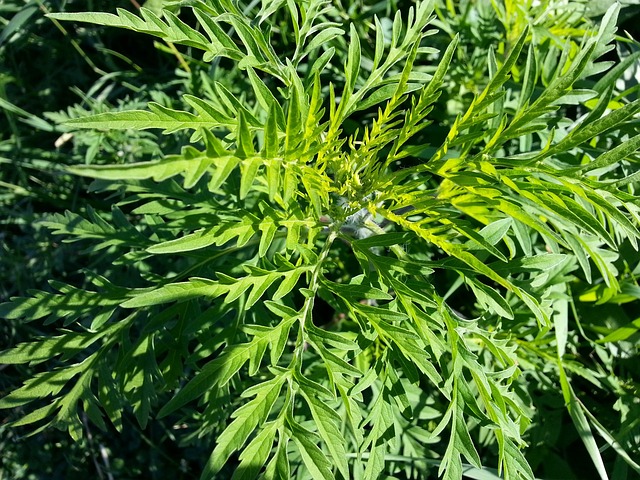By Clint Thompson
What growers do during the fallow period will have just as big of an impact on weed suppression than what is done during the production season itself. That is the mindset shared by Ramdas Kanissery, weed scientist and assistant professor at the University of Florida Institute of Food and Agricultural Sciences (UF/IFAS).

He discussed weed management during the fallow period during the recent Citrus and Specialty Crop Expo.
“As they say, prevention is better than a cure. In fallow, that’s the best time for us to intervene. Fallow is the time you’re going to see a lot of weed emergence. All of these weeds are going to make seeds, and it’s going to emerge as baby weeds in the next season,” Kanissery said. “If you have a good management practice, whether that’s chemical or cultural or mechanical, that’s going to help in the long run. That’s going to have a lot of impact on the upcoming season.”
Kanissery said the typical fallow period lasts from mid-May to mid-August in Florida. It usually depends on the crop and other factors.
Cover crop implementation remains a vital tool for growers to utilize. Not only do they suppress weeds, but they also enrich the soil as well.
“It has numerous benefits, all the way from improving soil nutrition, organic matter, and of course weed management is an added benefit,” Kanissery said. “In the whole scheme of things, weed management is an added benefit. Cover cropping is very viable for Florida because of the sandy soil and lack of nutrient retention.
“We tell the growers, not only for weed management but for other added benefits, cover cropping is a good tool.”
Kanissery preaches patience to growers who are hesitant to implement a cover cropping strategy.
“You’re not going to see the benefits today or tomorrow. It’s going to take a couple of years or more than that,” he added. “I’ve been involved in studies with citrus and vegetables. We need to do it a few years to see that impact.”









